Searching for how different global cuisines use distinctive spices? You've found the definitive guide. This comprehensive resource reveals exactly which spices define Indian, Mexican, Thai, Mediterranean, and Caribbean cooking—with a detailed comparison chart you won't find elsewhere. Unlike generic spice articles, we focus on practical applications so you can create authentic dishes with confidence.
| Cuisine | Signature Spices | Dishes They Define | Flavor Profile |
|---|---|---|---|
| Indian | Garam masala, turmeric, cardamom | Curries, biryanis, chai tea | Earthy, warm, aromatic |
| Mexican | Ancho chili, cumin, coriander | Tacos, mole sauce, tamales | Smoky, spicy, slightly sweet |
| Thai | Lemongrass, galangal, Thai chili | Pad Thai, Tom Kha Gai, Green Curry | Spicy, tangy, fragrant |
| Mediterranean | Oregano, sumac, za'atar | Hummus, falafel, shawarma | Herby, citrusy, savory |
| Caribbean | Jerk seasoning, allspice, Scotch bonnet | Jerk chicken, callaloo, pepper pot | Fiery, tropical, bold |
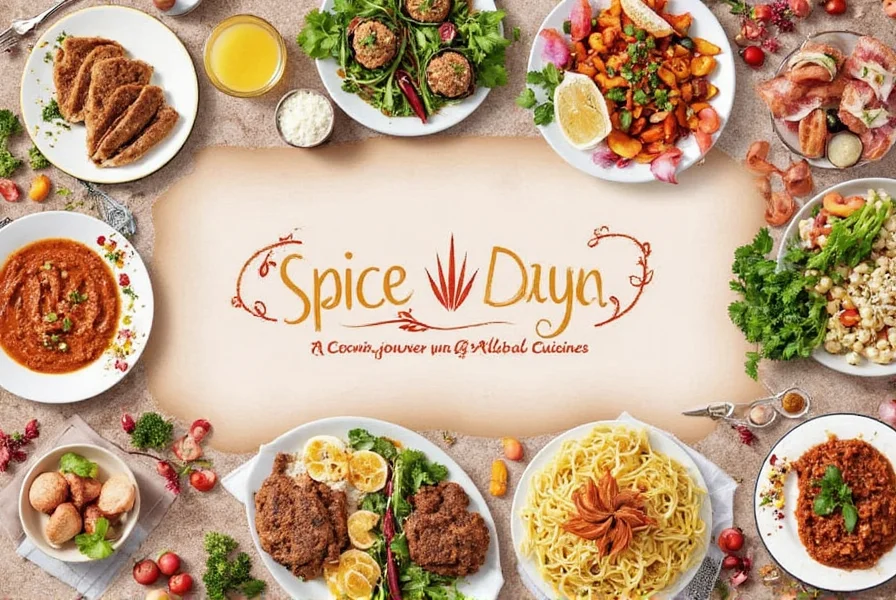
Why Different Cuisines Use Distinctive Spices
Geography and climate fundamentally shaped spice usage across regions. In tropical climates like Thailand and India, spices with antibacterial properties became essential for food preservation. Arid regions like the Middle East relied on spices to enhance simple ingredients like grains and legumes. Historical trade routes also determined spice availability—cinnamon traveled from Sri Lanka, while chili peppers spread globally after Columbus.
Authentic Spice Usage: Practical Techniques
How to Identify Authentic Spice Combinations for Each Cuisine
Forget generic "curry powder"—authentic Indian cooking uses region-specific blends like garam masala (North India) or sambar powder (South India). Mexican cuisine features complex chili varieties: ancho (dried poblano) for smokiness, guajillo for tanginess. Thai cooking requires fresh ingredients like lemongrass and galangal—dried substitutes won't deliver authentic flavor.
Spice Toasting Techniques by Cuisine
- Indian: Dry-roast whole spices like cumin and mustard seeds in oil until fragrant before adding other ingredients
- Mexican: Toast dried chilies on a comal before rehydrating for sauces
- Thai: Pound fresh spices like galangal and lemongrass into curry pastes
- Mediterranean: Bloom sumac and za'atar in olive oil before using as finishing spice
- Caribbean: Marinate meats with jerk seasoning for 24+ hours for maximum flavor penetration
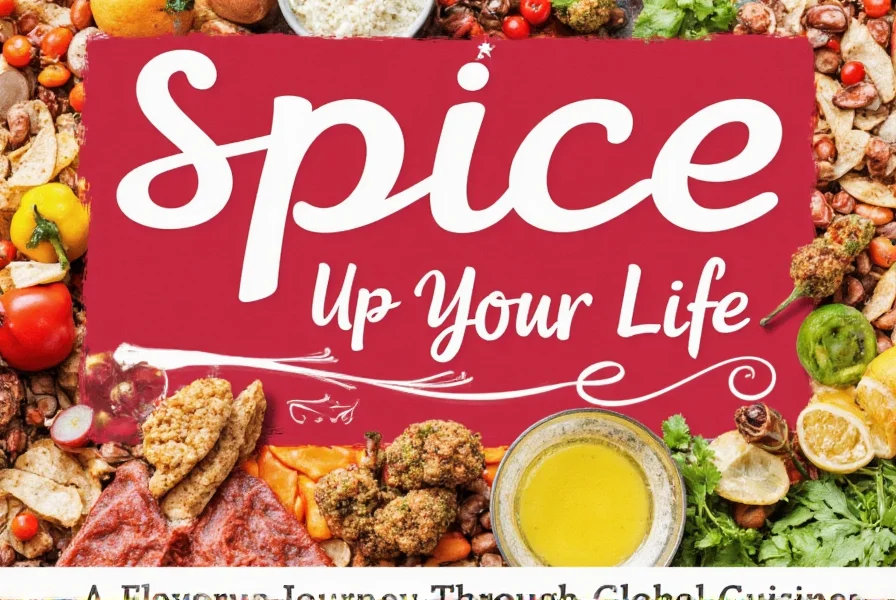
Complete Spice Buying Guide by Cuisine
Indian Spice Essentials
- Garam Masala – Not curry powder! A balanced blend of cumin, coriander, cardamom, and cinnamon. Critical for North Indian curries
- Mustard Seeds – Black vs. yellow: Black for South Indian tempering, yellow for Bengali cuisine
- Asafoetida (hing) – The "secret weapon" for lentil dishes and vegetable curries
Mexican Spice Must-Haves
- Epazote – Essential for authentic black bean dishes (not cilantro!)
- Achiote – Creates the distinctive red color in Yucatan cuisine
- Hoja Santa – The "holy leaf" used in mole verde
Thai Spice Fundamentals
- Galangal – NOT ginger! Has a sharper, more citrusy profile essential for Tom Kha Gai
- Kaffir Lime Leaves – Two leaves per dish is the authentic ratio
- Shrimp Paste – The umami foundation for many Thai curry pastes
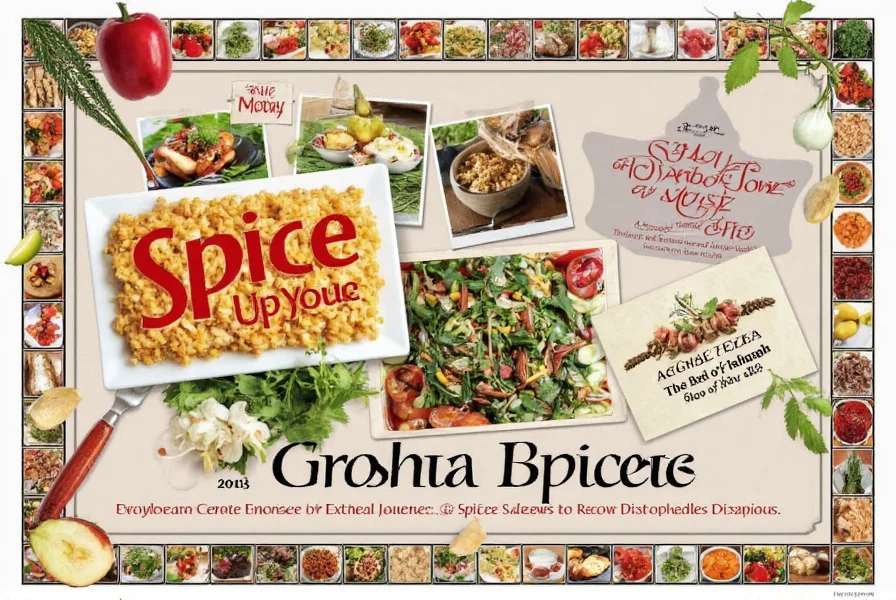
Common Spice Confusion: What You're Probably Doing Wrong
Mistake #1: Using the wrong type of chili
Substituting cayenne for ancho chili? That's why your mole tastes nothing like authentic versions. Ancho is mild (1,000-2,000 SHU) with raisin notes; cayenne is 30,000-50,000 SHU. For authentic Mexican dishes, seek out specific dried chilies like guajillo, pasilla, and mulato.
Mistake #2: Treating all "curry" spices the same
Indian, Thai, and Japanese curry powders are completely different. Indian curry relies on toasted whole spices; Thai curry uses fresh paste; Japanese curry is sweeter and thicker. Using the wrong type creates inauthentic flavor profiles.
Mistake #3: Adding spices at the wrong cooking stage
Indian cuisine: Add whole spices to hot oil first Thai cuisine: Pound fresh spices into paste before cooking Mexican cuisine: Toast dried chilies before rehydrating Mediterranean: Add dried herbs early, fresh herbs late Caribbean: Marinate meats with jerk seasoning for 24+ hours
Proper Spice Storage: Extending Shelf Life by 50%
Most home cooks replace spices too frequently—or worse, use stale spices that ruin dishes. Follow these storage guidelines:
| Spice Type | Room Temperature Shelf Life | Refrigerator Shelf Life | Freezer Shelf Life |
|---|---|---|---|
| Whole Spices (cinnamon sticks, cardamom) | 4 years | 5 years | 6+ years |
| Ground Spices (cumin, coriander) | 2-3 years | 3 years | 4 years |
| Fresh Spices (galangal, lemongrass) | 1 week | 3 weeks | 6 months (frozen) |
| Dried Herbs (oregano, thyme) | 1-2 years | 2 years | 3 years |
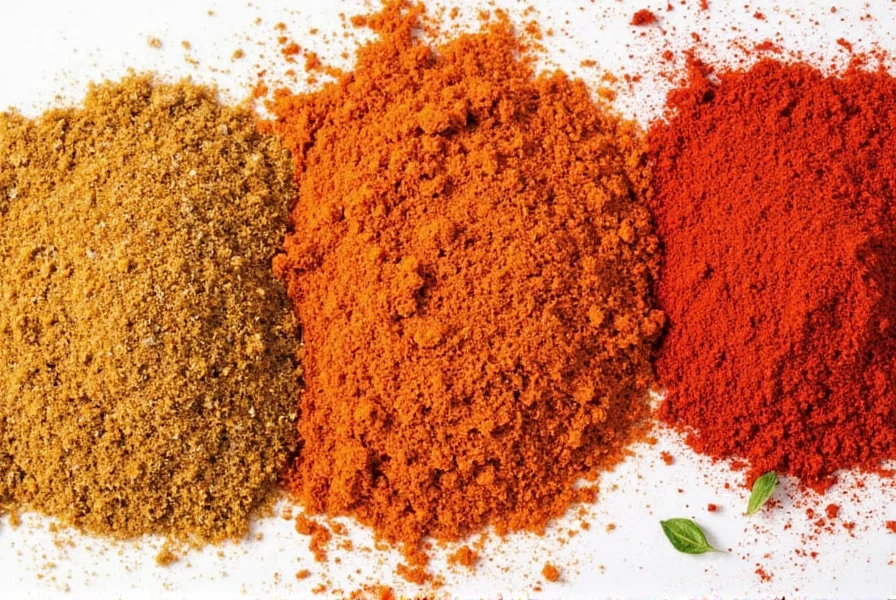
Advanced Spice Techniques for Authentic Results
Creating Your Own Regional Blends
Authentic Garam Masala (North Indian): 2 tbsp cumin seeds, 2 tbsp coriander seeds, 12 green cardamom pods, 1 tbsp black cardamom, 1 cinnamon stick, 1 tbsp cloves, 1 tbsp black peppercorns. Dry roast separately, then grind.
Traditional Za'atar (Levantine): 4 parts dried thyme, 2 parts toasted sesame seeds, 1 part sumac. Never includes oregano (a common American mistake).
Real Jerk Seasoning (Jamaican): Allspice berries (NOT ground allspice) are the foundation. Must include scallions, thyme, Scotch bonnet, and pimento wood for authentic smoke flavor.
Frequently Asked Questions
What are the most common spices used across different global cuisines?
Cumin appears in many global cuisines including Indian, Mexican, and Middle Eastern cooking. Coriander is another universal spice found from Indian curries to Mexican salsas. Chili peppers in various forms (powder, fresh, smoked) are used worldwide but with regional variations. Each cuisine has signature blends: garam masala defines Indian cooking, za'atar characterizes Mediterranean dishes, and jerk seasoning is essential for Caribbean flavors. The key is understanding how these common spices are combined differently across cultures to create distinctive flavor profiles.
How can I tell if I'm using the right spices for authentic flavors?
Authenticity comes from using spices traditional to each specific cuisine. Indian cuisine relies on turmeric, cardamom, and garam masala; Mexican cooking features ancho chili and cumin; Thai food showcases lemongrass and galangal; Mediterranean dishes incorporate oregano and sumac; Caribbean cuisine is defined by jerk seasoning and allspice. Each has distinctive flavor profiles: Indian is earthy and warm, Mexican is smoky and slightly sweet, Thai is spicy and tangy, Mediterranean is herby and citrusy, and Caribbean is fiery and bold. Using the exact traditional spices—not substitutes—is the key to authentic flavors.
Are there any spice substitutions I can use if I can't find specific ingredients?
While substitutions aren't ideal for authenticity, they can work in a pinch. Galangal (used in Thai cooking) is similar to ginger but sharper—you could substitute ginger if necessary, but the flavor will differ. For Mexican ancho chili powder, regular chili powder might work but you'll lose some smokiness. Kaffir lime leaves are difficult to replace authentically, though lime zest could provide some citrus note. Mexican oregano differs from Mediterranean oregano—it's stronger and more citrusy, so use less if substituting. Remember that substitutions change a dish's character; the true "secret" to authentic flavors is using the actual traditional spices when possible.
How do I know which spices pair well together across different cuisines?
Each cuisine has classic spice pairings that create its distinctive flavor profile. In Indian cooking, cumin, coriander, and cardamom form a foundational trio. Mexican cuisine often combines cumin with coriander and chili. Thai cooking pairs lemongrass with galangal and kaffir lime. Mediterranean flavors build on oregano with sumac and za'atar. Caribbean dishes blend allspice with thyme and scotch bonnet peppers. Understanding each cuisine's dominant flavor profile—earthy, smoky, spicy, herby, or fiery—is key to knowing which spices complement each other. The article's cultural breakdowns provide specific guidance on traditional pairings for authentic results.
What's the difference between similar spices used in different cuisines?
Many spices have regional variations that significantly impact flavor. Galangal (used in Thai cooking) is related to ginger but has a sharper, more citrusy flavor with subtle pine notes, while ginger is hotter and more pungent. Mexican oregano versus Mediterranean oregano shows another difference—the Mexican variety is stronger and more citrusy. Cumin appears in both Indian and Mexican cuisines but is often toasted differently, creating subtle flavor variations. As the article explains, while some spices appear across multiple cuisines, their preparation method, combination with other spices, and cooking technique creates distinctive regional flavors that define authentic dishes.
How can I build a basic spice collection for cooking different global cuisines?
A versatile starter spice collection based on the article's buying guide would include: cumin (essential for Indian and Mexican dishes), coriander (versatile across many cuisines), turmeric (for Indian curries and rice dishes), paprika (for color and mild heat), cinnamon (works in both sweet and savory applications), chili powder (for heat), and either za'atar or sumac for Mediterranean flavors. The article recommends storing spices properly in airtight containers away from light and heat, and toasting dry spices before use to enhance their flavor. Start with these fundamentals, then expand your collection as you explore specific cuisines in more depth.
Conclusion
Mastering global spice profiles transforms good cooking into authentic culinary experiences. By understanding the distinctive spices of each cuisine and applying region-specific techniques—from toasting methods to proper storage—you'll create dishes that genuinely reflect their cultural origins. The key insight? Authenticity isn't about individual spices but how they're combined, prepared, and applied within each culinary tradition.
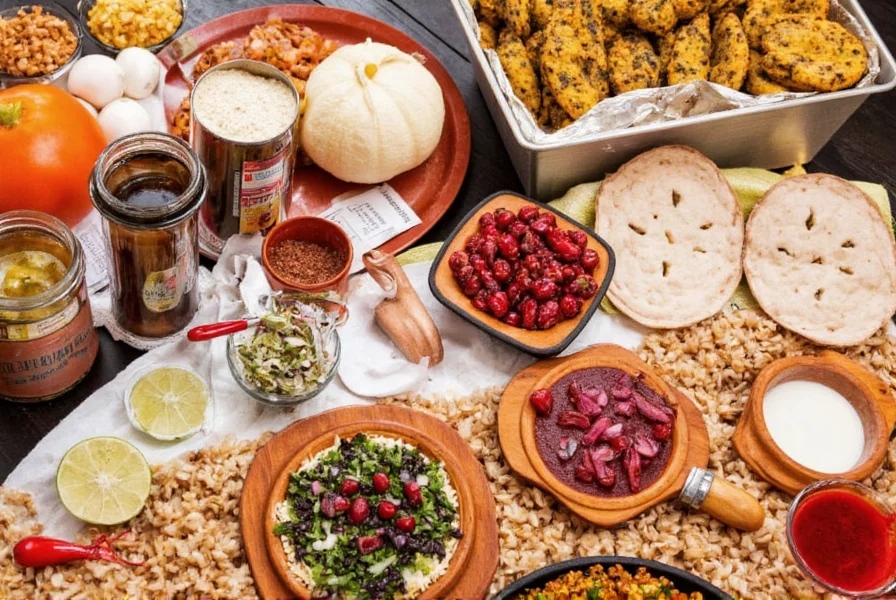

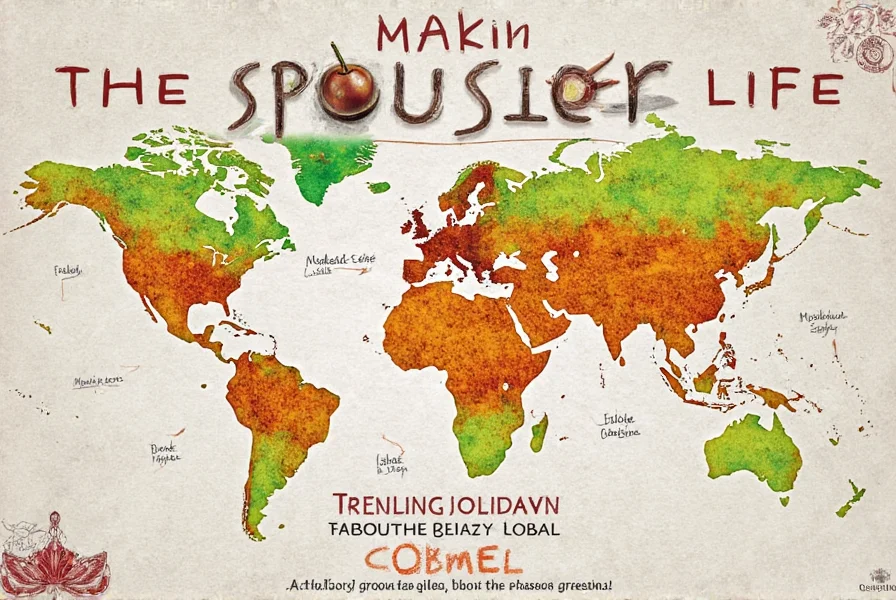









 浙公网安备
33010002000092号
浙公网安备
33010002000092号 浙B2-20120091-4
浙B2-20120091-4